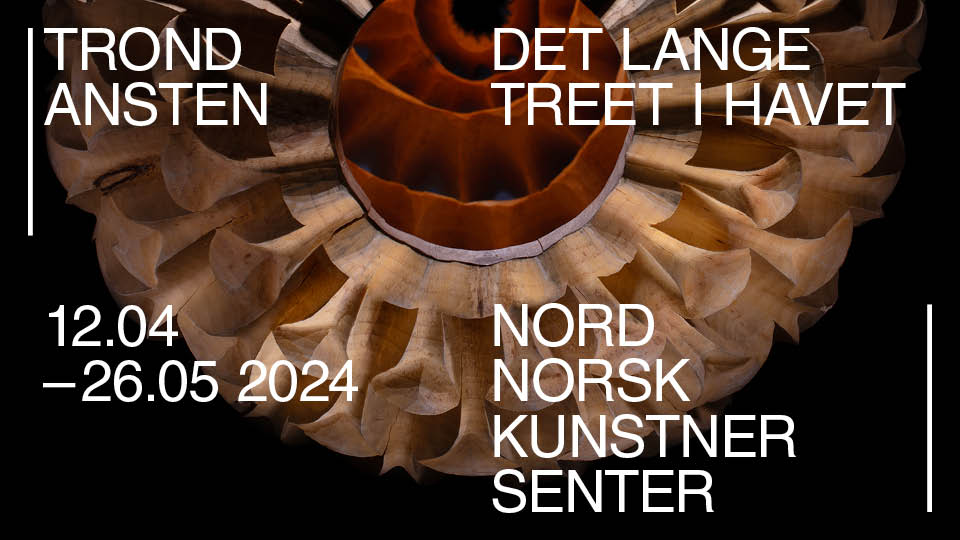
A press release issued by Bergen Assembly states that the artistic management of the second instalment of the triennial in 2016 will be carried out by “three distinct positions”, each of them presenting their own, independent projects.
One of the artistic directors is the composer and artist Tarek Atoui, who lives and works in Paris. Atoui, who has a background in sound art and electro-acoustic music, is best known for the sound-generating equipment and objects he creates for his concerts. He has contributed to e.g. Performa in 2011, Documenta in 2012, and is currently featured at the recently opened Berlin Biennial with his Dahlem Sessions. Here he has collaborated with a number of musicians to create an archive of sounds based on historical instruments from the ethnographic collection at Museum Dahlem.
The artistic directors also include the curators Rhea Dall and Kristine Siegel; since August 2013 the duo has been behind the Praxes Center for Contemporary Art in Kreuzberg, Berlin, presenting two artists every six months. The spring of 2014 is dedicated to exhibitions by Judith Hopf and a succession of installations by Falke Pisano. Dall and Siegel are also both PhD fellows at the University of Copenhagen.

The third artistic director behind the Bergen Assembly 2016 is the inter-disciplinary group freethought, a platform for research, education, and production. Formed in 2011, freethought is a loosely affiliated collective consisting of Irit Rogoff, Louis Moreno, Stefano Harney, Adrian Heathfield, Massimilliano Mollona, and Nora Sternfeld, and according to the press release their overall ambition is to “blur the boundaries between thought, creativity, and critique, merging them to form a trans-linguistic practice.”
For the triennial freethought will focus on the concept of “infrastructure”, seeking to wrestle it out of the domain of planners and technocrats: “By looking at many different understandings of this keyword—from the legacies of colonial and early capitalist systems of governance to current conditions of the financialization of the cultural field to the subversive possibilities of thinking and working with infrastructures as sites of affect and contradiction—‘infrastructure’ emerges as the invisible force of manifest culture today,” they declare.
With such widely different directors in the chair behind the next triennial it is very difficult to imagine what the 2016 Bergen Assembly will look like. What we can conclude at this point is simply that the triennial’s advisory board (Maria Hlavajova, Solveig Øvstebø, Bruce Ferguson, Ingar Dragset, Ute Meta Bauer, and Ranjit Hoskote) – who also appointed David Riff and Ekaterina Degot to curate the first triennial in 2013 – stick to their course of innovation.
In the press release the triennial describes itself as a response “to a perceived need for alternative temporalities of art production and experience within an oversaturated information culture where attention itself is increasingly commodified and under pressure”.
This can only be said to be an unusually specific description of a biennial concept which also emphasises that the traditional incentives behind launching a biennial or triennial – tourism and spectacle – are not main priorities for the Bergen Assembly. With the newly opened Berlin Biennial in mind – an event that seems to have firmly entered the “international biennial” category, leaving behind the specificity of its local context, which has hitherto been a characteristic trait of that particular biennial – it is food for thought that the Bergen triennial continues to follow a course that seems to have far greater ambitions than simply staging a recurring art festival.
















